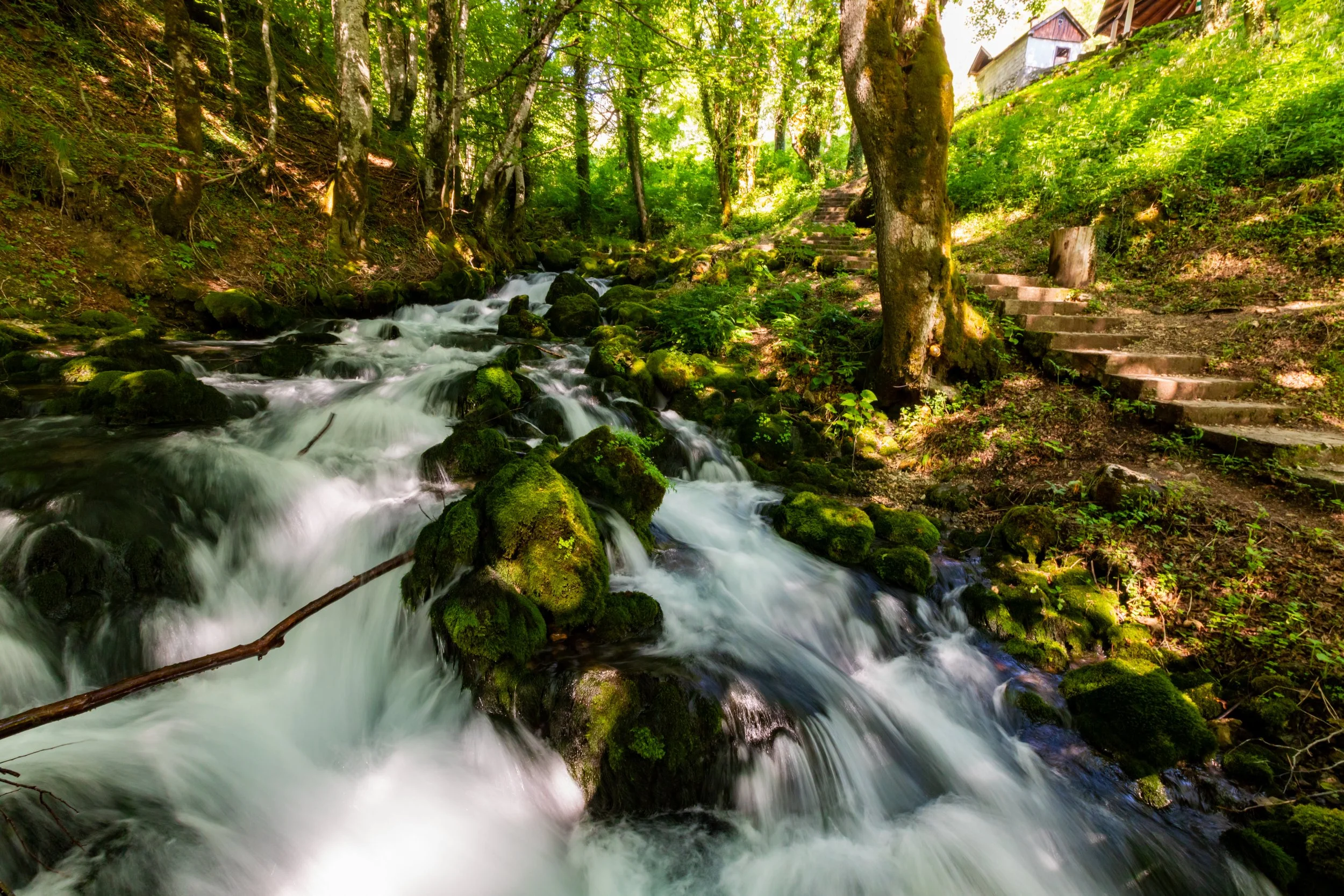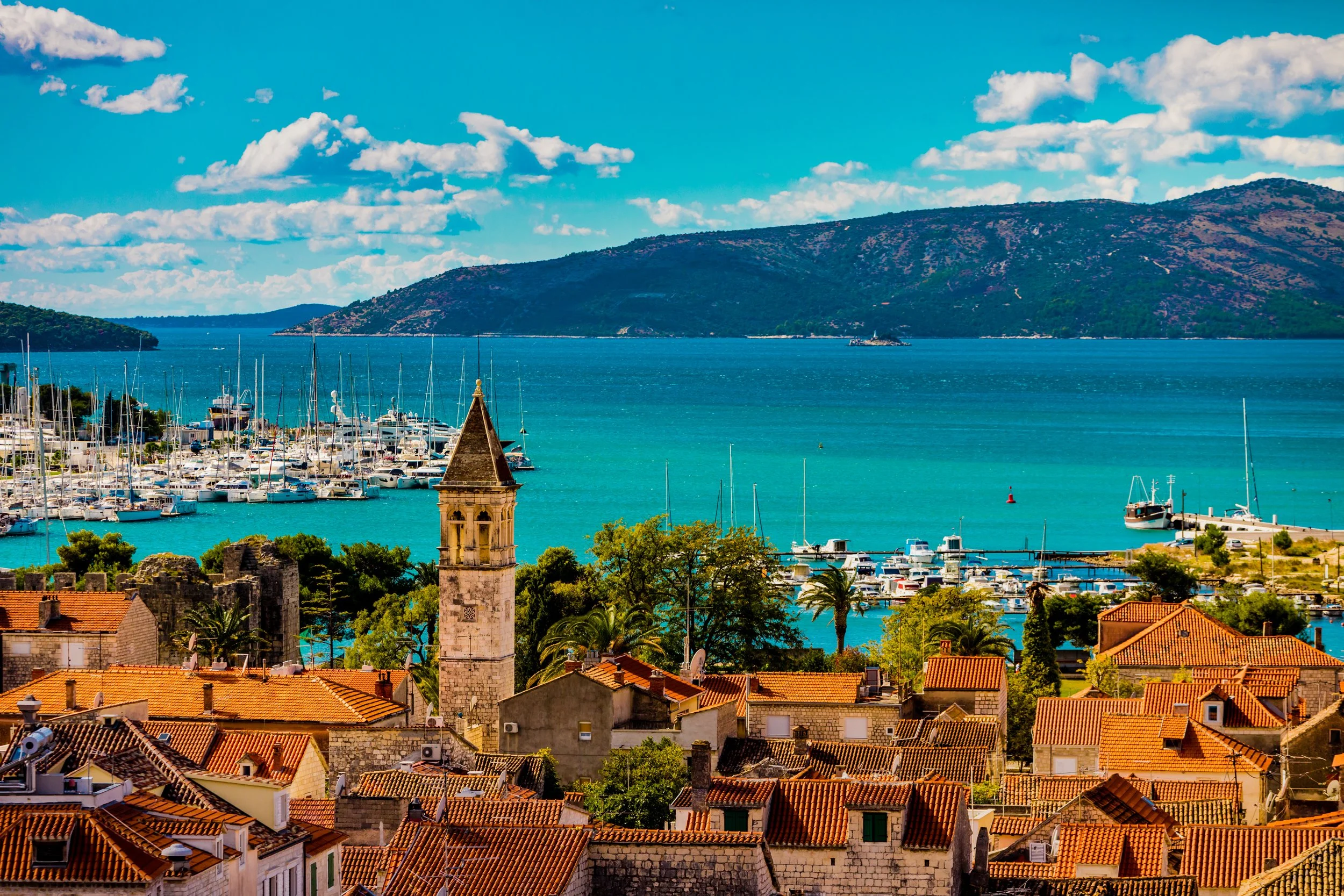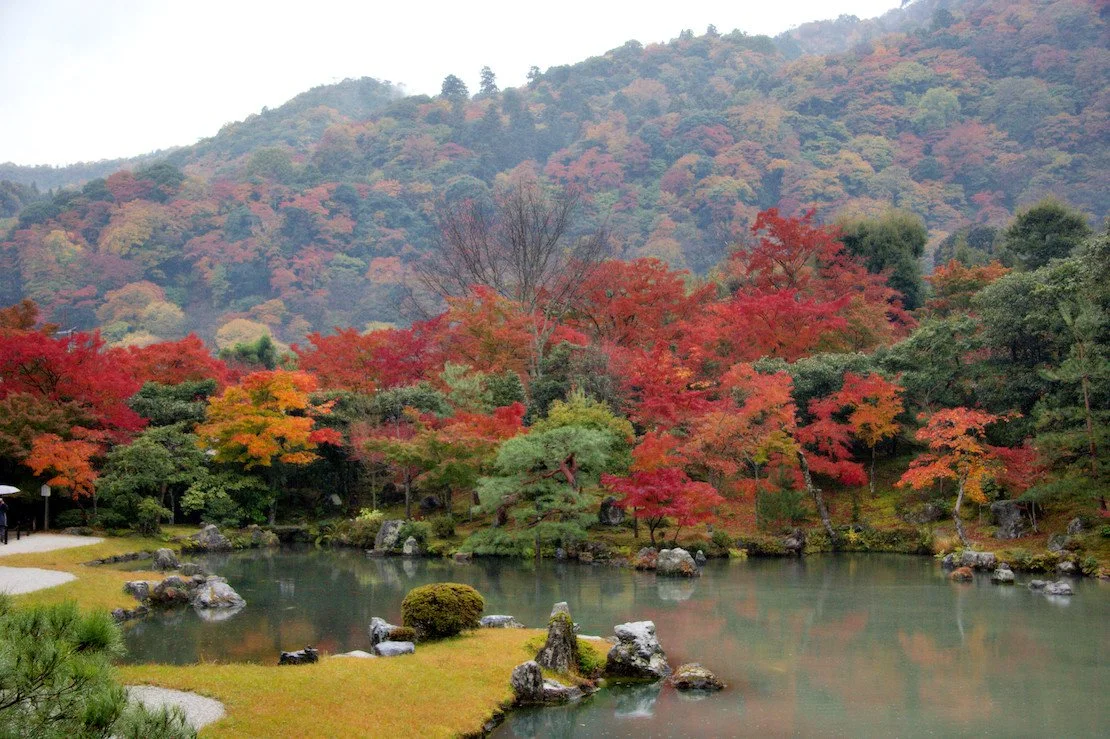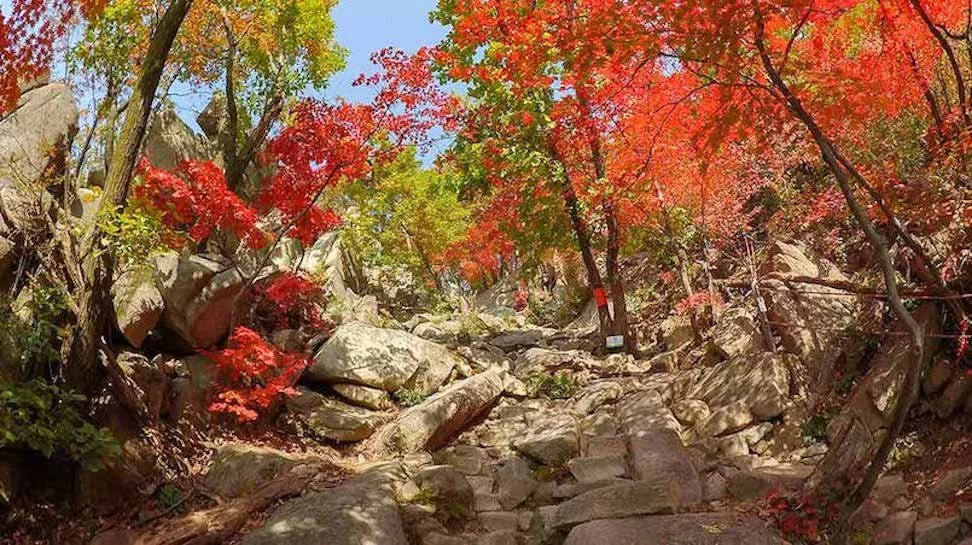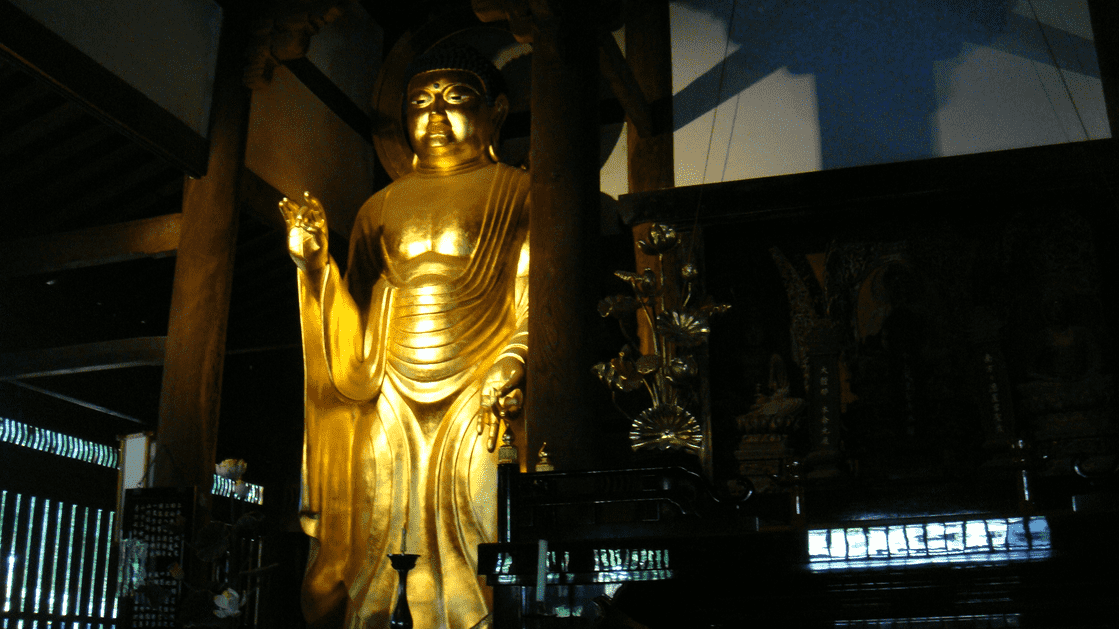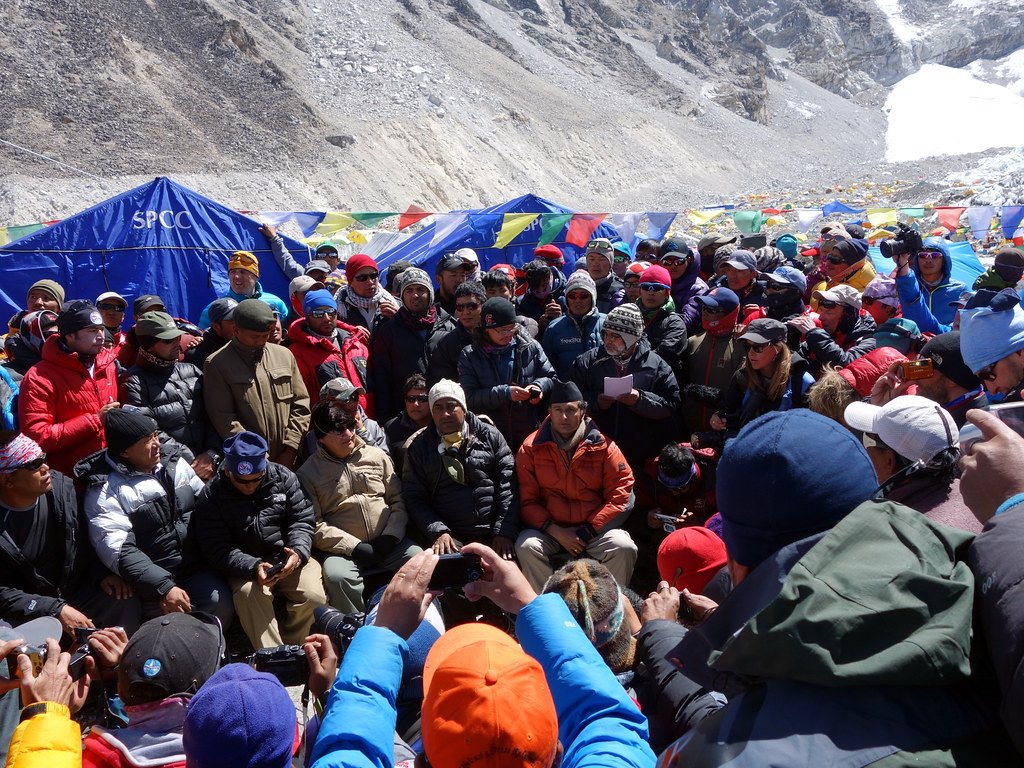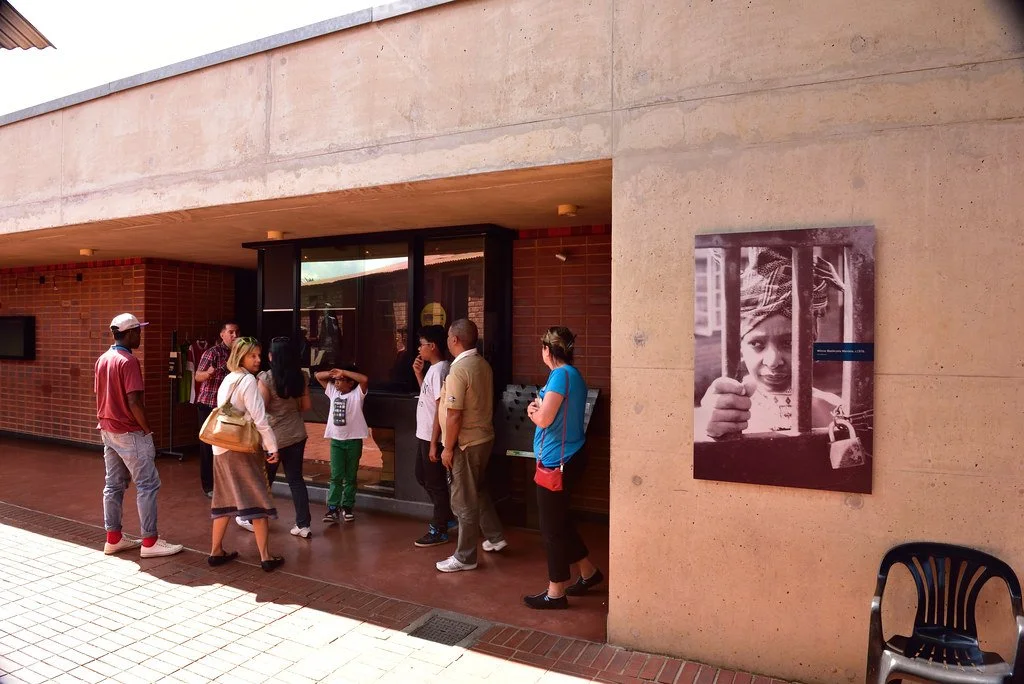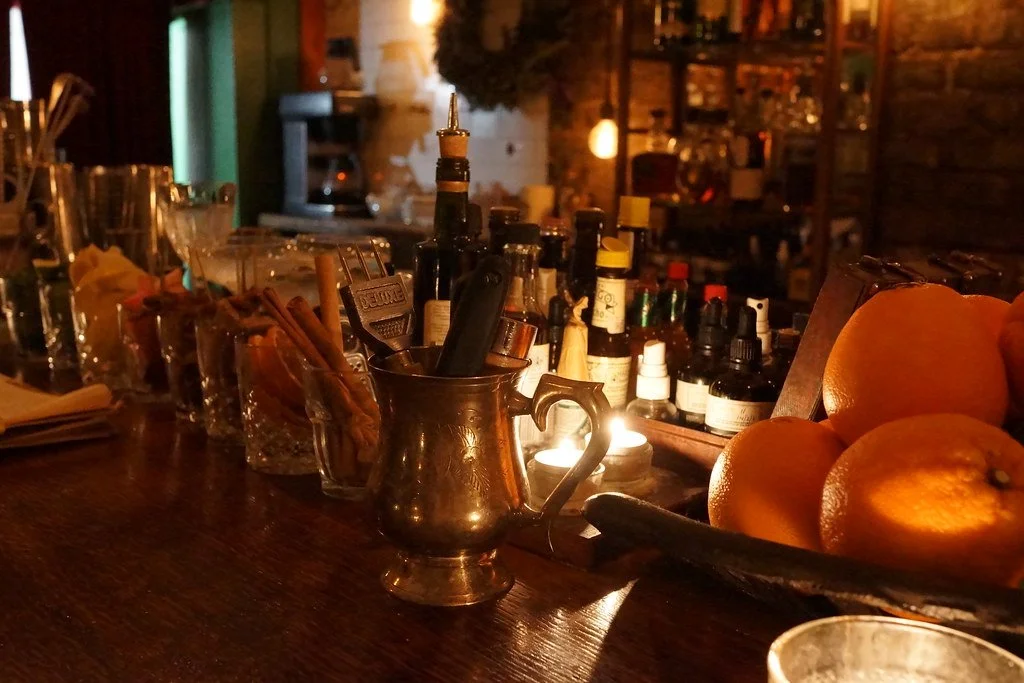At Gaiola Underwater Park in Naples, ancient Roman ruins meet vibrant marine ecosystems. Explore this treasure trove beloved by locals.
Gaiola Island. Gianfranco Vitolo. CC BY 2.0
At the foot of Posillipo Hill in Naples, Italy, is a protected marine area stretching over 103 acres. Gaiola Underwater Park was founded in 2002 by Interministerial Decree and is managed by the Gaiola Onlus Interdisciplinary Study Center. Extending from the village of Marechiaro to the Bay of Trentaremi, the park is a treasure trove of biological, historical, and archaeological wonders in one of the most evocative coastal landscapes in the Gulf of Naples.
Renowned for its rich marine biodiversity, the park's waters are home to a range of species, some of which are unique to the Mediterranean. The landscape of the seabed and the favorable circulation of marine currents has allowed the settlement of a rich and varied biological community. It provides a habitat for various fish, crustaceans, and algae, contributing to the overall health of the Mediterranean. Octopuses, white breams, damselfish and moray eels swim amongst ancient ruins, polychrome sponges, and beautiful walls of sea daisies. The park's protection ensures that these species can thrive without the pressures of commercial fishing and pollution.
Beyond marine life, the underwater park is also home to archaeological remains dating back to ancient Roman times. Inspired by Posillipo’s beauty, the Roman aristocracy settled along the coast in 100 BCE. The most significant structure was the Villa of Pausilypon, built by the Imperial official Publio Vedio Pollio. The Villa occupied much of the coastal stretch of the current Park. Remains of the Villa’s maritime structures, such as majestic tuff quarries, landings, mosaic floors, nymphaeums, and fish ponds, are still visible along the coast and below the sea surface, thanks to a local volcano-tectonic phenomenon of slow lifting and lowering of the earth's crust known as “bradyseism.”
The Gaiola Underwater Park is a center for scientific research and environmental education. The park plays a vital role in marine conservation efforts, offering a space for researchers to study marine life and ecosystems. Educational programs and workshops are regularly conducted to raise awareness about marine conservation and the importance of preserving the Bay of Naples’ natural and cultural heritage.
Posillipo Naples. Fiore Silvestro Barbato. CC BY-SA 2.0
Once, Gaiola was considered a cursed island. According to local legend, the lives of the island’s previous owners ended in suicide, financial disaster or shipwreck. In 1911, a shipskipper, Captain Gaspare Albenga, crashed his boat into the rocks of the island and drowned while he was examining it for potential purchase, although locals say neither body nor ship was ever found.
In the 1920s, a Swiss businessman, Hans Braun took possession of the island and was subsequently found murdered and wrapped in a rug. Not long after, his wife drowned at sea. The island was then purchased by Otto Grunback, a German perfume dealer. He suffered a heart attack and instantly died at the Villa. These are only a few examples of the many stories that exist about the misfortune that befalls those who attempt to purchase the island.
Bay of Trentaremi. Giuseppe Guida. CC BY-SA 4.0
After these tragedies, more legends about the area were born. One of the most famous is that the ghost of a faceless woman haunts the area. According to local fishermen, it is the spirit of a woman who died during the San Giorgio cruiser's shipwreck in 1911. Others believe the specter to be the ghost of Hans Braun's late wife.
The origin of the name “Gaiola” is debated. Officially, the namesake derives from two small islands located in the park off the coast of Posillipo. Some think that the name Gaiola comes from the Latin cavea, meaning cave, corral or grotto. In Neapolitan, the word gajola means cage, recalling the cage-like shape of the archipelago. Cavea can also mean amphitheater. Gaiola hosts its own amphitheater in the ancient Villa.
Archaeological Park of Pausilypon. Armando Mancini. CC BY-SA 2.0
Visitors can participate in guided tours that offer exciting activities and insight into the park's ecological and historical significance. To visit the Gaiola Underwater Park, it is essential to make a reservation in advance due to the park's commitment to preserving its delicate ecosystems by maintaining a controlled number of visitors. You can enter the park any day with an online reservation, although hours and restrictions vary depending on the season. Aside from guided tours, there are many activities for visitors to take part in, such as glass-bottomed boats, snorkeling, scientific diving, and kayaking.
GETTING THERE
The park is accessible from Naples’ city center by metro, car or bus. The park’s website features detailed information on activities, visitor guides, and the park’s history.
Rebecca Pitcairn
Rebecca studies Italian Language and Literature, Classical Civilizations, and English Writing at the University of Pittsburgh. She hopes to one day attain a PhD in Classical Archeology. She is passionate about feminism and climate justice. She enjoys reading, playing the lyre, and longboarding in her free time.



























